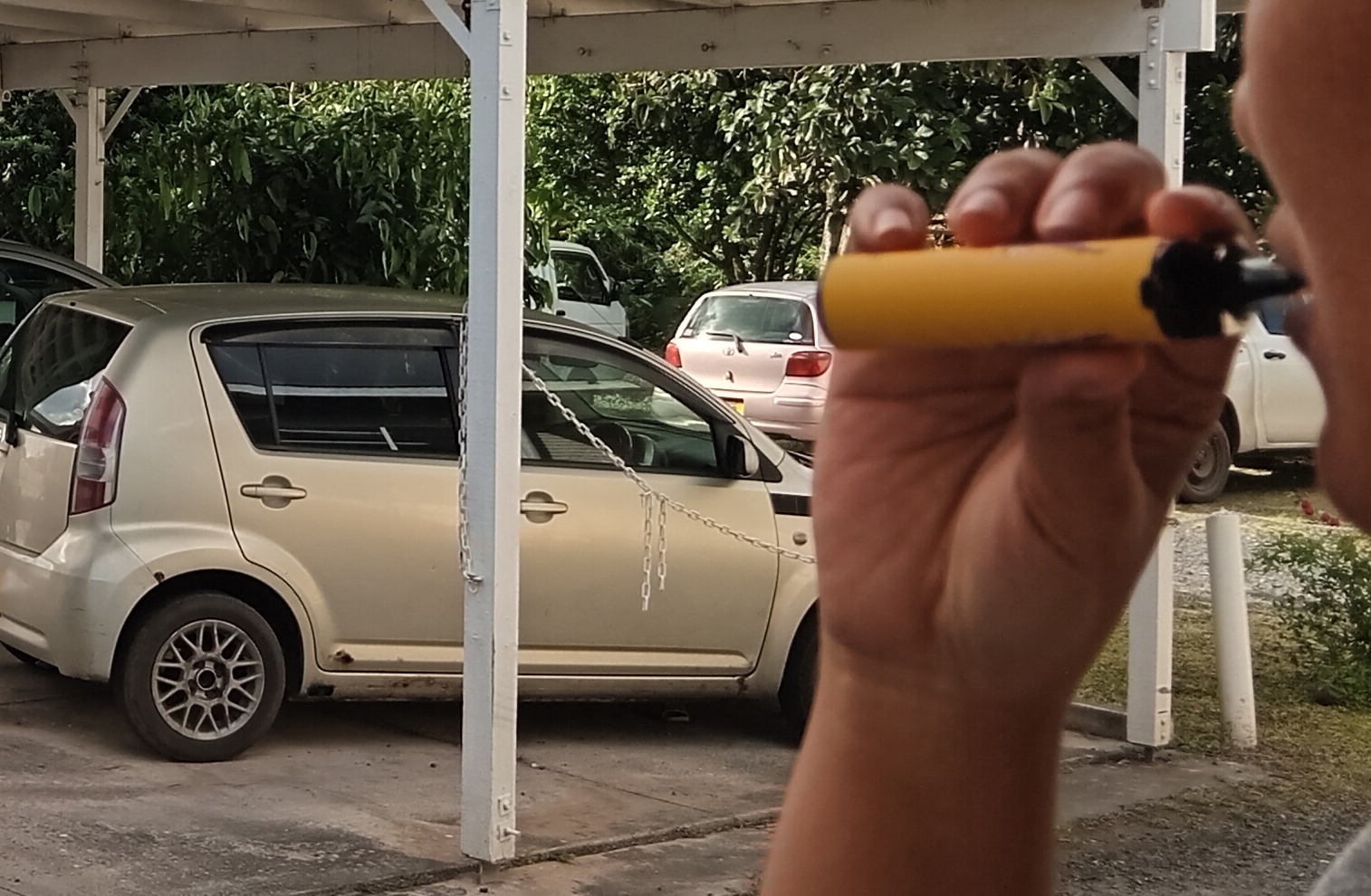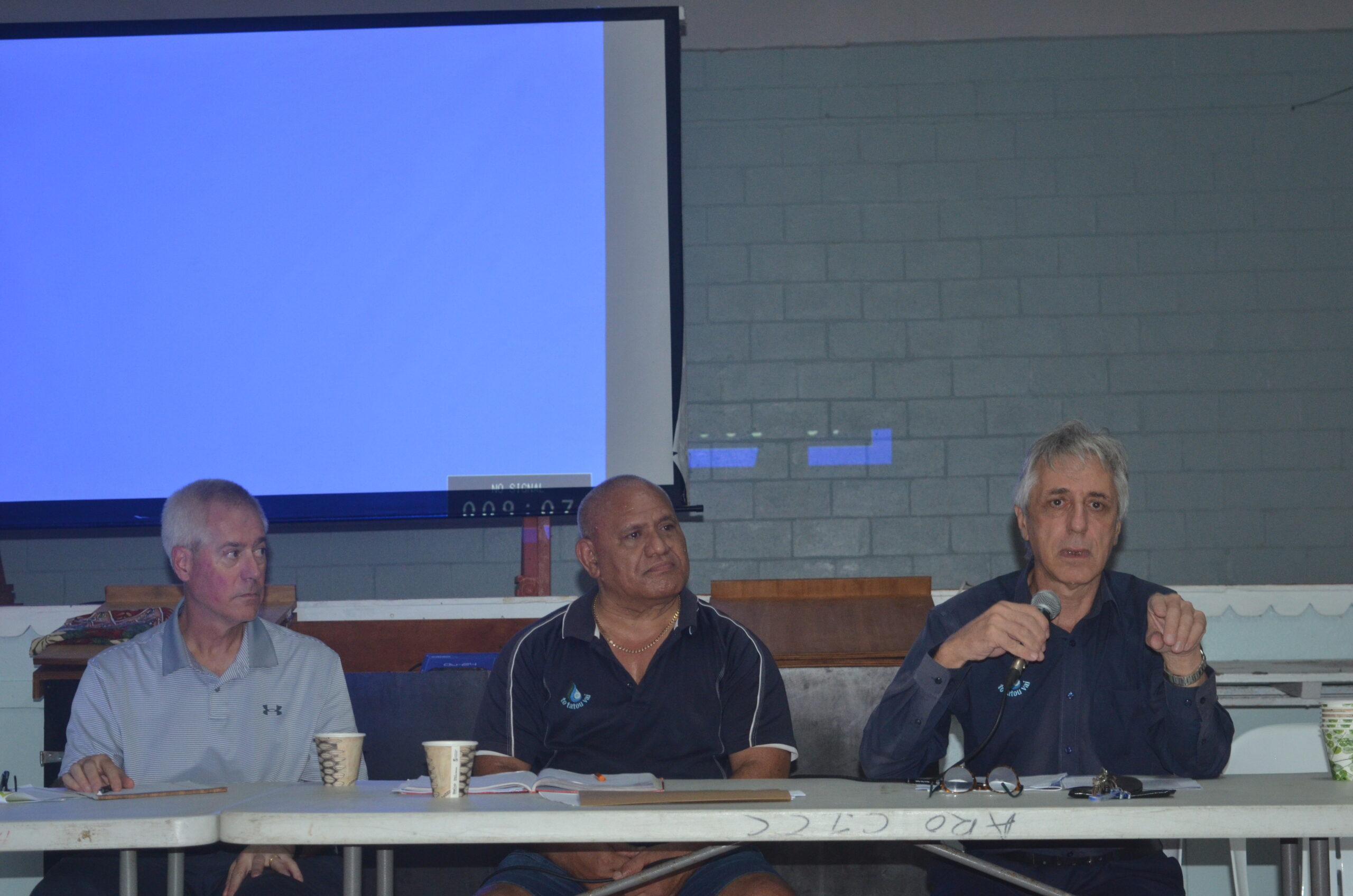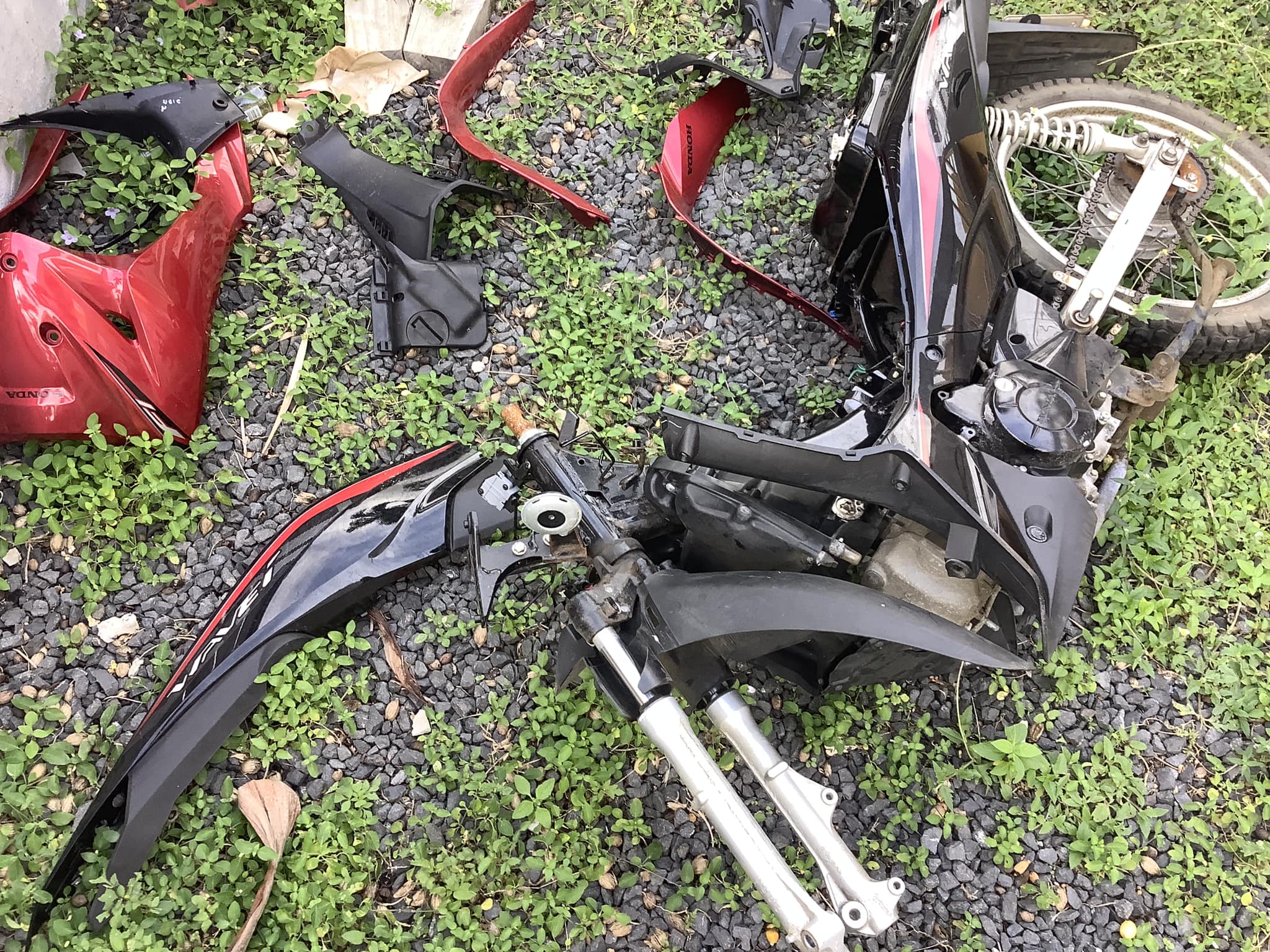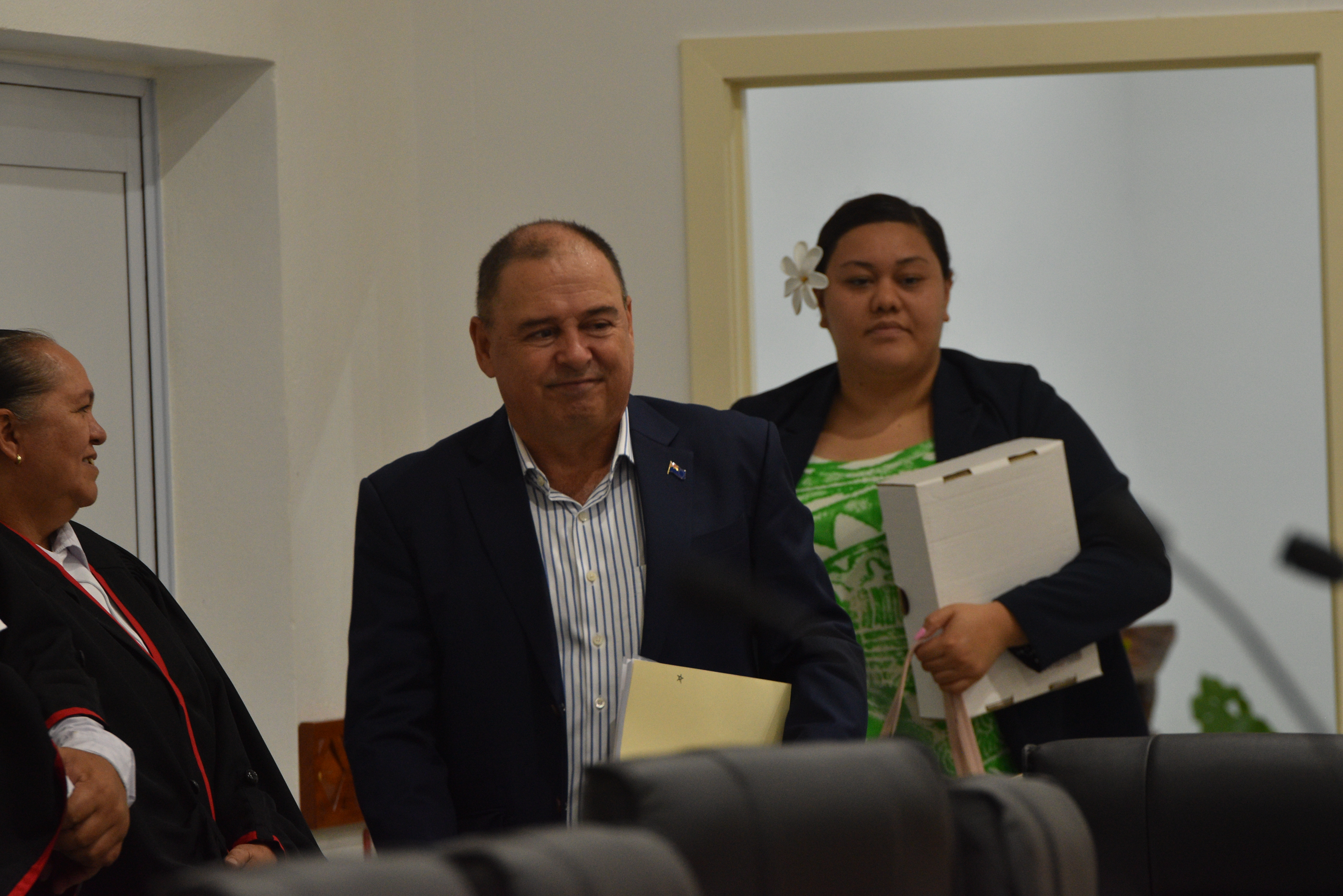Saturday 28 March: Pulse recruitment of surgeonfishes good news
Wednesday 1 April 2009 | Published in Letters to the Editor
Dear Editor,
I was excited to read the March 18 article online about the little fishes reported around Rarotonga, and I can’t help but to offer some information about it.
This sounds like a pulse recruitment of surgeonfishes, probably Ctenocheatus striatus and Acanthurus nigrofuscus (as mentioned by MMR), but could also include other species such as A. nigrorus and A. hawaiiensis.
These fishes tend to be striped yellowish to bluish but lose these colourations as they mature. They generally have a growth rate of about 6-7mm per month after an initial rapid growth. Therefore, the sizes reported (around 30mm long) would place these juveniles at approximately two to three months old, possibly from a spawning event that occurred around January to February 2009.
Why is this happening?
From what I’ve observed on Rarotonga in the last 10 years, the last big pulse recruitment of this family (Acanthuridae) occurred in 2001. However, recruitment may be occurring every year, but perhaps on a smaller scale.
I have not heard much from elders about big pulse recruitments of this family further back, so this could be a fairly recent phenomenon that may be related to ciguatera fish poisoning which became chronic on Rarotonga since the 1990s.
As these surgeonfishes were avoided because of the fear of ciguatera, the lack of fishing pressure allowed them to grow to larger sizes that produce more quality eggs. For example, it has been reported in scientific literature that a 60kg fish can produce as many eggs as 221 42kg fishes of the same species. In addition, juveniles from larger individuals tend to have a higher survival rate, possibly explaining these pulse recruitments.
Why is this report exciting?
The old school of thought is that reef organisms tend to recruit from sources hundreds of kilometres away, but through chemical tagging and genetic studies we are finding that these actually occur on scales of 10s of kilometres to 10s of metres. So the good news is that our reefs may be self-recruiting and possibly on the way to recovery.
Therefore we need to be vigilant in protecting our marine environment through minimising anthropogenic (human) impacts as well as enforcing the ra`ui system as a source for recruitment. Basically, if our reefs are self-recruiting, then we need to protect what’s in our backyard because it may be all that we have.
Teina Rongo
Marine Biologist
Melbourne, Florida, USA












































